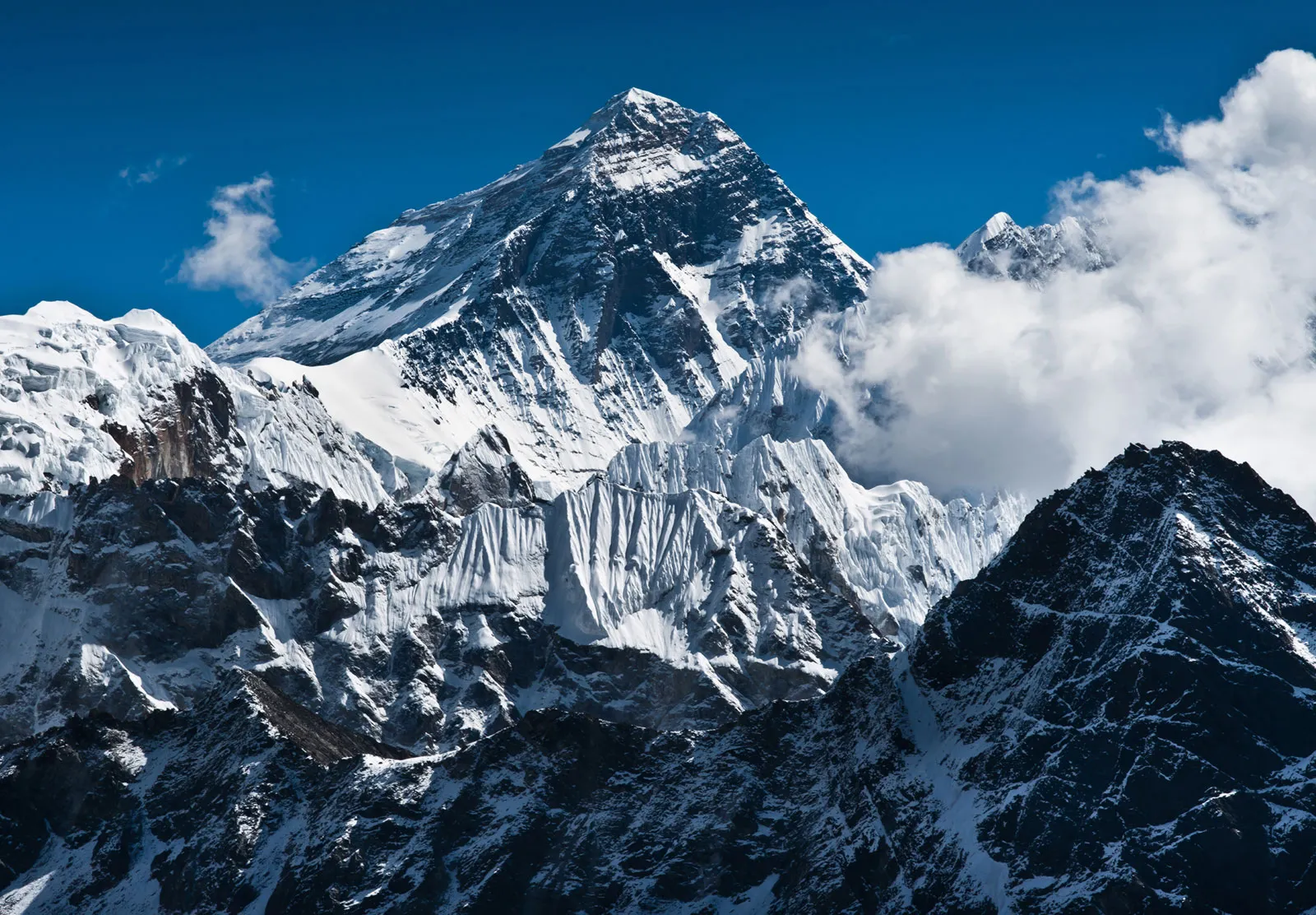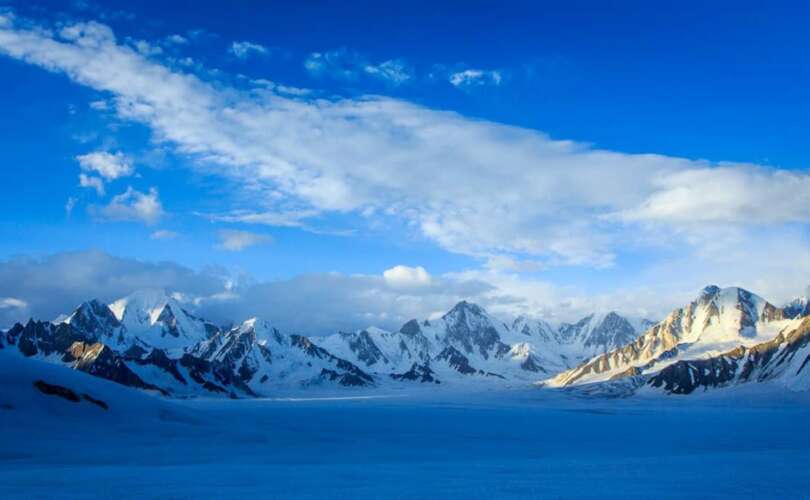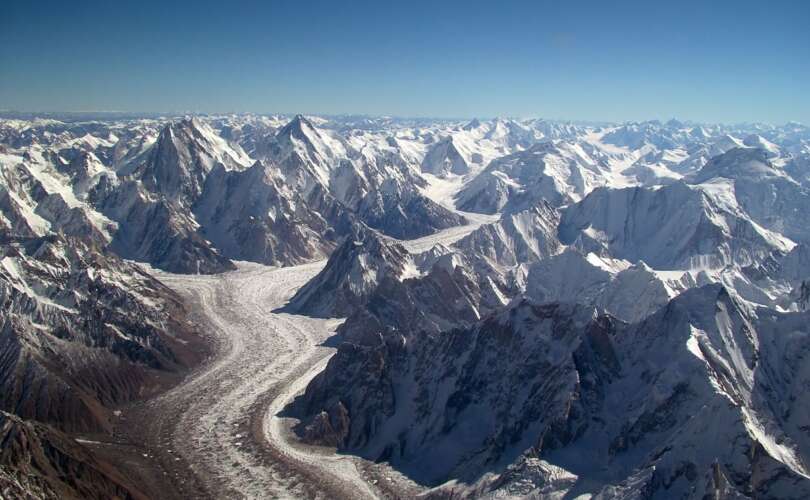
Mount Everest
The highest summit in the world, Mount Everest, also known as Sagarmatha in Nepal and Chomolungma in Tibet, has a peak elevation of 8,848 metres. (29,029 feet). It is situated in the Himalayan mountain region on the frontier between Nepal and Tibet (China).

Here is a brief history of Mount Everest:
- The peak was never actually reached by Sir George Everest, a British surveyor who gave the mountain its name.
- A British expedition made its first effort to summit Mount Everest in 1921, but they were unsuccessful.
- The first two climbers to safely reach the summit of Mount Everest were Tenzing Norgay, a Sherpa from Nepal, and Sir Edmund Hillary, a climber from New Zealand.
- Since then, numerous climbers from all over the globe have made an effort to ascend the mountain; as of 2021, there had been over 10,000 ascents to the summit.
- The mountain has gained popularity as a climbing and adventure location, but it is also one of the world’s most hazardous peaks, with a high risk of passing away from altitude sickness, avalanches, and other dangers.
- Concerns about congestion and environmental harm brought on by climbers on Mount Everest have arisen recently.

Here are some important facts about Mount Everest:
Location: The mountain is situated in the Himalayan mountain region on the frontier between Nepal and Tibet (China).
Height: Mount Everest’s highest point is 8,848 metres above sea level. (29,029 feet). There have been more than 10,000 successful ascents to the top of Mount Everest as of 2021.
Deaths: As of 2021, over 295 fatalities had been reported on Everest, making it one of the deadliest mountains.
Routes for ascent: The South Col route from Nepal and the North Col route from Tibet are the two major ascent routes to the top of Mount Everest.
Season for climbing: Typically, the months of April, May, and September, when the weather is more predictable and the winds are less turbulent, are the ascending seasons on Mount Everest.
Environment-related issues: Concerns about environmental harm, including trash and human waste left on the mountain, have grown as more climbers try to reach the top of Mount Everest. The environmental effect of climbing Mount Everest has been lessened by measures like requiring climbers to take out all of their waste and trash.
In conclusion, Mount Everest is a well-known and recognizable mountain that can be found in the Himalayas. It is renowned for being the highest peak in the world and for having difficult and hazardous climbing circumstances. It is still a well-liked location for climbers and adventurers despite the dangers.




0 Comments
how gold ira works
Could this be a little out of the loop-can you add more examples?